论文总字数:39377字
摘 要
明城墙[1]的申遗工作已经全面启动,遗产保护的要求将更加严格。同时,借助青奥会契机,明城墙陆续开放了大量段落,深入的旅游开发将成必行之势。目前,明城墙旅游开发还处于初步阶段。在此背景下,笔者对明城墙的旅游开发进行了研究。在具体研究内容的选择上,本文选取了旅游开发布局和开发模式两个方面,它们是当前旅游开发中极为重要、困难、急迫的问题。
在开发布局的研究中,笔者通过整合资源建立明城墙旅游风景区,环形绿地全面连通并设置多种交通方式,和周边景点串联等步骤,把明城墙旅游打造成南京旅游的门面和通往各个景点的通道。在研究思路上,本文首先对明城墙已开发和未开发区域分别进行可开发性评估。在此基础上,笔者主张重点开发城墙外围绿地空间,城墙本体以保护为主的布局策略,并提出了多种开发模式综合应用的开发策略。
在开发模式研究中,笔者首先把现有模式分成公园式、景区式和博物馆式,并分析了它们各自的效果和适用条件等,然后分别对这三种模式进行了优化设计。最后,本文尝试将优化后的模式应用于本文提出的开发布局,图文并茂给出了三种模式在绿地空间进行综合应用的示例:在城墙两侧绿地空间分别建设运动健身公园和休闲游憩公园,并在休闲游憩公园内选择旅游资源集中区域开发景区;选择地形平坦开阔区域建设博物馆。本文预期这种开发模式的应用可产生显著的综合效果。
关键词:南京明城墙;遗产保护;旅游开发;开发布局;开发模式
The Research of Tourism Development of Nanjing City Wall
——The Exploration of Layout and The Optimization of Development Mode
BS Candidate: Frank Feng
Supervisor: Prof. JIA Hong-yan
Abstract
The inscription of Nanjing City Wall has been started roundly, so the requirement of heritage protection will be stricter. Meanwhile, Thanks for the Nanjing Youth Olympic Games, most parts of Nanjing City Wall have been opened and it is obvious that the tourism development, which remains in the preliminary stage now, will be continued in the future. Based on this background,this dissertation is devoted to the tourism development of Ming City Wall and the research contents are the layout and the development mode, each of which is the extremely important , difficult and urgent issue for the tourism development.
In the research of layout, the author turn Nanjing City Wall into the home page of Nanjing tourism and the channel to every tourism attractions by integrating all the related tourism resources to establish the Nanjing City Wall Tourism Area, linking of green areas and setting different kinds of transportation, connecting the nearby tourism attractions and other steps. In the aspect of research approach, the author firstly evaluates the development potential of the developed area and undeveloped area. On the basis of this, the author put forward a layout to focus on the development of the peripheral green area and heavily protect the wall. Also, the author proposed a development strategy about the integrated application of a variety of development mode.
In the research of development mode, the author firstly classifies it into park oriented mode, scenic spot oriented mode and museum oriented mode. Then the author analysis their effect and applicable condition, and after that they are optimized. At the end of this paper, the author tries to put all these optimized development modes to use in the layout. An example of application of a variety of modes is given with pictures and words: developing parks for recreation and exercise on both side of the wall, selecting the tourism resources concentrated area to develop scenic spot, constructing museums on flat terrain areas. This application is expected to have a significant effect.
Key words:Nanjing City Wall, heritage protection, tourism development, layout, development mode
目 录
第一章 绪论
1.1 研究背景........................................................................................................1
1.2 研究现状........................................................................................................1
1.3 研究目的........................................................................................................3
1.4 研究内容........................................................................................................4
1.5 研究思路及方法............................................................................................4
第二章 南京明城墙旅游开发相关内容概述
2.1 明城墙的历史和价值……..................................................................……..6
2.1.1明城墙的历史…….......................................................................…...6
2.1.2明城墙的价值……......................................................................…....6
2.2 明城墙的保护现状……......................................................................….….7
2.2.1明城墙的保护现状……..............................................................…....7
2.2.2“申遗”背景下保护标准对旅游开发的限制...................................8
2.3 明城墙的旅游开发现状…......................................................................…..8
2.3.1现状综述……..............................................................…....................8
2.3.2当前面临的困境……..........................................................................8
2.3.3困境原因分析……..............................................................................9
2.3.4改善现状的两个出发点…….......................................................…...9
- 南京明城墙旅游的开发布局初探
3.1 明城墙开发布局现状...................................................................................10
3.1.1布局现状详述.........................................................................................10
3.1.2现状分析...............................................................................................11
3.2明城墙可开发性评估.......................................................................................12
3.2.1已开发部分的可开发性评估...............................................................12
3.2.2未开发部分的可开发性评估...............................................................13
3.2.3明城墙可开发性结论............................................................................15
3.2明城墙未来开发布局的设计……................................................................15
3.3.1设计思路....................................................................................................15
3.3.2实现步骤....................................................................................................15
3.3.3新布局优势...........................................................................................17
第四章 南京明城墙开发模式优化
4.1城墙开发模式概览..........................................................................................18
4.1.1城墙开发模式分类.................................................................................18
4.1.2各开发模式的适用条件和应用效果综述.............................................18
4.2开发模式的优化设计......................................................................................19
4.2.1公园式开发的优化.................................................................................19
4.2.2景区式开发的优化.................................................................................21
4.3.3博物馆式开发的优化.............................................................................22
4.3 优化后开发模式的综合应用.........................................................................23
4.3.1多种开发模式的综合应用示例.............................................................23
4.3.2预期效果分析.........................................................................................24
结论................................................................................................................................25
致谢................................................................................................................................25
参考文献........................................................................................................................26
第一章 绪论
1.1 研究背景
南京明城墙历史悠久、文化深厚、建造工艺精湛,是我国古代城垣建筑的典范。同时,它在南京山水之间因地势而建,延绵数十里,形态多变,风光秀美,具有极高的旅游价值。在规模上,明城墙是中国保存情况最好的城墙之一,也是世界现存最长的古代城墙[1],被称为“世界第一历史都城城垣”[2]。同时,明城墙蕴含了独特而厚重的金陵文化,是南京走向世界的一个重要符号,也是南京旅游发展中极为重要的一部分。
目前,明城墙申报世界遗产的工作在如火如荼进行:南京牵头的中国明城墙将力争列入2018年国家申遗备选项目,在2019年或2020年列入《世界遗产名录》。明城墙的保护工作一直在持续进行,目前已经取得诸多显著进展,而申报世界遗产的必要条件是保证遗址的真实性和完整性,这对未来南京明城墙的保护提出了更严格的要求。
另一方面,我们不能忽视明城墙的旅游价值。目前旅游业蓬勃发展,人们更注重旅游体验和精神收获。作为优秀的文化遗产资源,南京明城墙兼具研究、教育、怀古、观光、健身、休闲等多种功能,是符合旅游发展趋势,极具开发潜力的旅游资源。当前明城墙旅游开发还处于初步阶段,随着修复工作逐渐完成,明城墙已经大量增加了对外开放段落,目前正是研究旅游开发的极佳时机。在“南京城墙两年计划”中,明城墙将力争在申遗之前达到国家“5A”级风景区,并最终成为世界著名的市民休闲公园和旅游观光胜地。
剩余内容已隐藏,请支付后下载全文,论文总字数:39377字
相关图片展示:
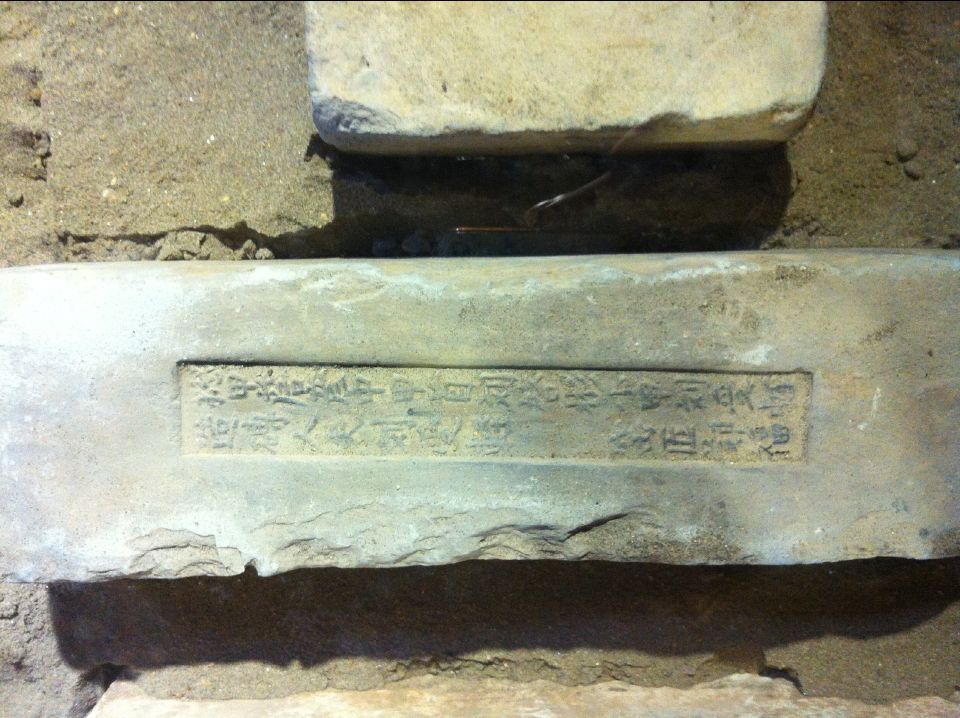
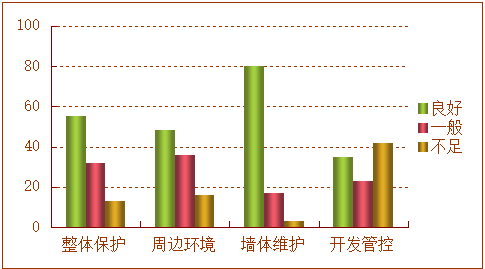
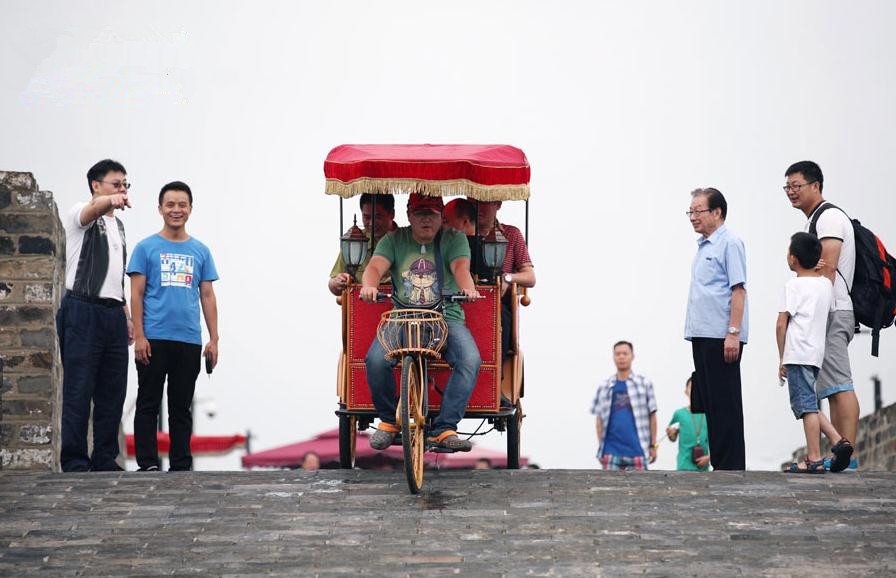
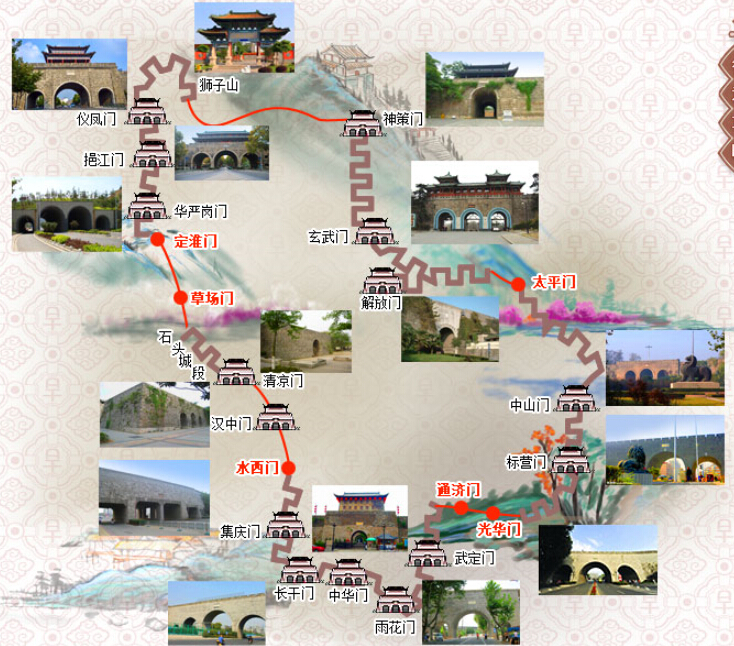
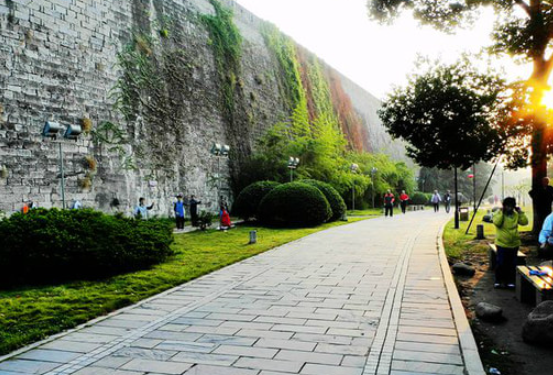
该课题毕业论文、开题报告、外文翻译、程序设计、图纸设计等资料可联系客服协助查找;


